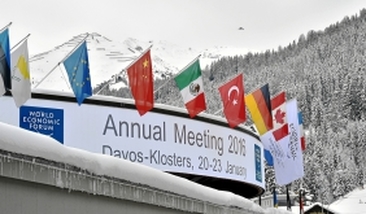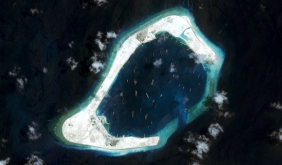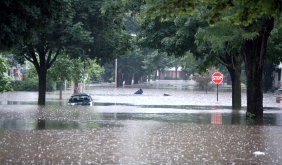The thrust of BCDA in expanding economic opportunities for Filipinos is echoed within BCDA-administered zones : the Clark Freeport Zone in Pampanga, the John Hay Special Economic Zone in Baguio City, the Poro Point Freeport Zone in La Union, and the Bataan Technology Park in Morong.
The Clark Freeport and Special Economic Zone in Pampanga province, with an area of 26,000 hectares, is a fully-integrated logistics, tourism, manufacturing, and agro-industrial development. Within it is Clark International Airport, a 2,367-hectare aviation complex designated as the new international gateway for the Philippines. The Poro Point Freeport Zone in La Union is a prime location for investments and tourism in North Luzon with its airport, seaport and tourism facilities. The John Hay Special Economic Zone in Baguio City is a tourism complex, a multiple-use forest watershed and a human resource development center. The Bataan Technology Park in Morong, Bataan is planned for an industrial and tourism development.
BCDA's subsidiaries managing these freeports—namely the Clark Development Corporation (CDC), John Hay Management Corporation (JHMC), Poro Point Management Corporation (PPMC) and the Bataan Technology Park, Inc. (BTPI), respectively, continue to offer opportunities for investment and tourism to the local and international communities and, in effect, guaranteed employment to thousands of Filipinos.
Easily accessible via the Subic-Clark-Tarlac Expressway (SCTEX), these economic growth centers in Central and Northern Luzon have proven to be major drivers in steering the nation towards socioeconomic development.
Source: http://www.bcda.gov.ph/freeport_and_ecozones







 RSS Feed
RSS Feed
